Preventing Attic Condensation and Mold: Expert Tips and Solutions
Understanding Attic Condensation in Freezing Temperatures: How freezing temperatures can cause attic condensation, leading to mold growth, and the importance of proper ventilation and insulation in preventing these issues.
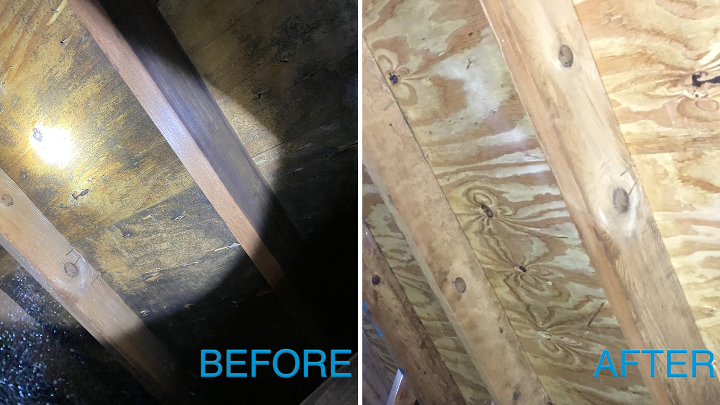
Understanding Attic Condensation in Freezing Temperatures
Freezing temperatures can lead to attic condensation when warm air from the living space rises into the attic. This warm air carries moisture, which accumulates in the colder attic and can result in condensation on various surfaces. As a result, moisture buildup occurs, creating an ideal environment for mold growth. Addressing attic condensation is crucial to prevent property damage and potential health risks from mold, highlighting the importance of understanding and effectively managing this issue. It's essential for homeowners to be aware of the impact of freezing temperatures on attic condensation and take proactive measures to mitigate its effects.
One specific example of how freezing temperatures cause condensation in the attic is the formation of ice dams. In cold climates, such as those in northern parts of the US and Canada, warm and humid air accumulating in the attic can lead to frost or ice damming on the underside of the roof sheathing. This accumulation of ice is a direct result of freezing temperatures and can contribute to moisture-related issues in the attic, emphasizing the impact of cold weather on attic condensation.
Furthermore, the relationship between freezing temperatures and attic condensation is closely linked to the thermal dynamics of a home. When warm air from the living space rises into the attic during freezing temperatures, it encounters colder surfaces, causing the air to cool and release moisture through condensation. This process is a direct consequence of freezing temperatures and the movement of warm air, underscoring the need for homeowners to understand the scientific principles behind attic condensation in cold weather.
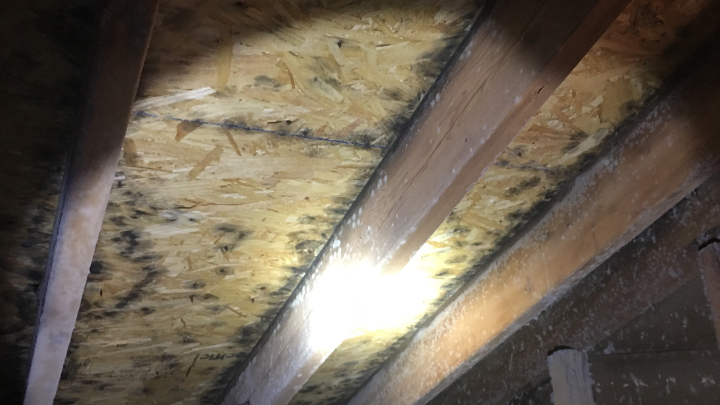
The Relationship Between Condensation and Mold Growth
Condensation in the attic creates a conducive environment for mold growth due to the presence of moisture and organic materials. As the warm air rises into the attic during freezing temperatures, it comes into contact with the cold surfaces, leading to condensation. This moisture buildup provides an ideal breeding ground for mold, as it creates the perfect conditions for spores to thrive and spread. For example, when warm, humid air accumulates in the attic, it can lead to frost and ice dams, which subsequently contribute to moisture-related issues and mold growth [6].
Furthermore, the relationship between condensation and mold growth is not just limited to property damage. Mold growth resulting from attic condensation can also pose health risks to the occupants. Exposure to mold spores can lead to respiratory issues, allergies, and other health complications, making it crucial to address attic condensation promptly and effectively. This underscores the importance of maintaining a healthy indoor environment by preventing mold growth through the proper management of condensation. For instance, homeowners can benefit from comprehensive mold removal and restoration services provided by experts like Mastertech Environmental, ensuring that the issues related to attic condensation and mold growth are effectively addressed.
Properly managing the relationship between condensation and mold growth requires proactive measures to prevent the buildup of moisture in the attic. This includes addressing factors such as insulation, ventilation, and air leaks to create an environment that is unfavorable for mold growth. By understanding this relationship and taking necessary preventive steps, homeowners can protect their properties and the health of their families.
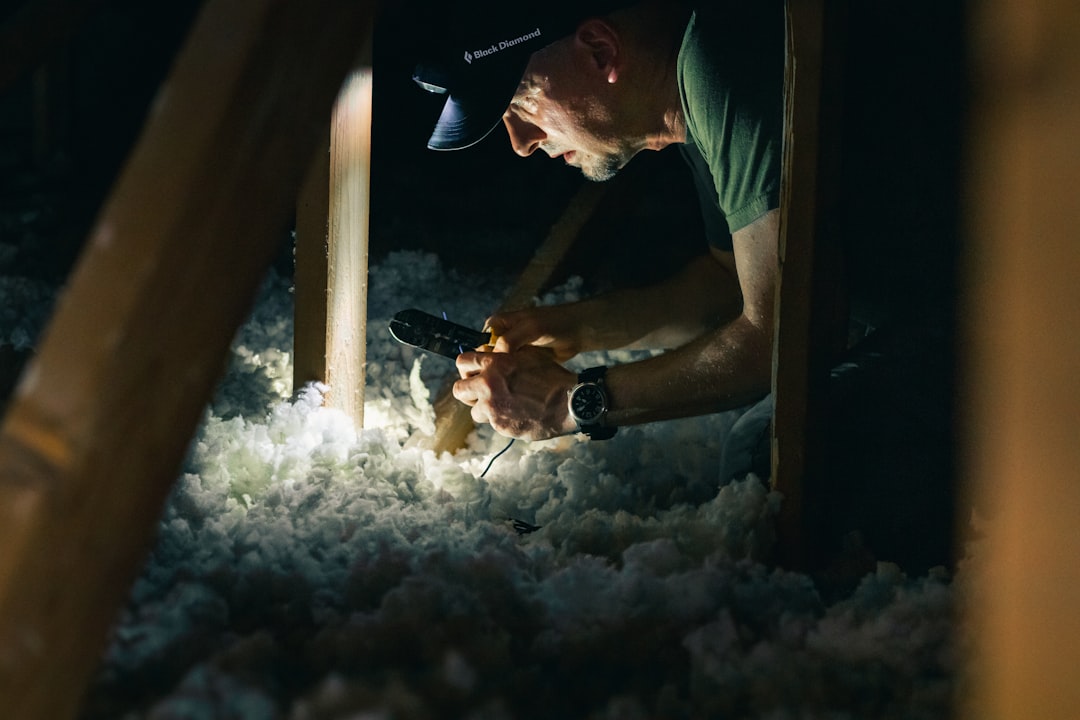
Importance of Proper Attic Ventilation
When it comes to understanding the impact of freezing temperatures on attic condensation, proper attic ventilation emerges as a critical factor. In cold climates, freezing temperatures can cause warm air to accumulate in the attic, leading to condensation. This is where the significance of proper attic ventilation comes into play. By ensuring effective ventilation, homeowners can regulate moisture levels, maintain consistent temperature, and reduce the likelihood of condensation and mold growth, thus preventing potential property damage and health risks.
For instance, a common issue in cold regions like Southeast Wisconsin is attic condensation due to warm, moist air from the main living area rising into the attic space, leading to frost in the winter and potential mold and rot in the long term. Proper attic ventilation is crucial in addressing this issue, as it helps in preventing moisture-related problems caused by freezing temperatures and inadequate airflow. In this context, homeowners should consider implementing proper attic ventilation mechanisms to maintain a healthy indoor environment and safeguard their properties from the adverse effects of attic condensation and mold growth.
In conclusion, it is evident that proper attic ventilation is instrumental in preventing the impact of freezing temperatures on attic condensation. By prioritizing proper airflow, homeowners can effectively mitigate the risks associated with condensation and mold growth, ensuring the long-term protection of their properties and the well-being of their families. For more insights and expert assistance on addressing attic condensation and mold issues, homeowners can explore the comprehensive services offered by Mastertech Environmental at.
Tips for Preventing Attic Condensation and Mold
Proper maintenance and regular inspections are essential for preventing attic condensation and mold growth. Homeowners should ensure that their attics have sufficient insulation to address the impact of freezing temperatures on condensation. It's also important to identify and fix air leaks, which can significantly contribute to moisture buildup and mold growth in the attic. By addressing these issues, homeowners can proactively mitigate the impact of freezing temperatures on their attics.
In addition to insulation and air leak prevention, practical measures such as maintaining clean gutters, regularly clearing snow, and addressing warm air leaks are crucial for preventing attic condensation and mold growth. For instance, by keeping gutters clear, homeowners can prevent water from accumulating and seeping into the attic, reducing the risk of mold growth due to moisture infiltration. Similarly, addressing warm air leaks helps in maintaining consistent temperature levels in the attic, minimizing the conditions conducive to condensation and mold formation. These proactive steps are essential for homeowners to protect their attics from freezing temperature-related issues.
By taking these preventive measures, homeowners can effectively safeguard their attics against the adverse effects of freezing temperatures, ultimately minimizing the risk of condensation and mold growth.
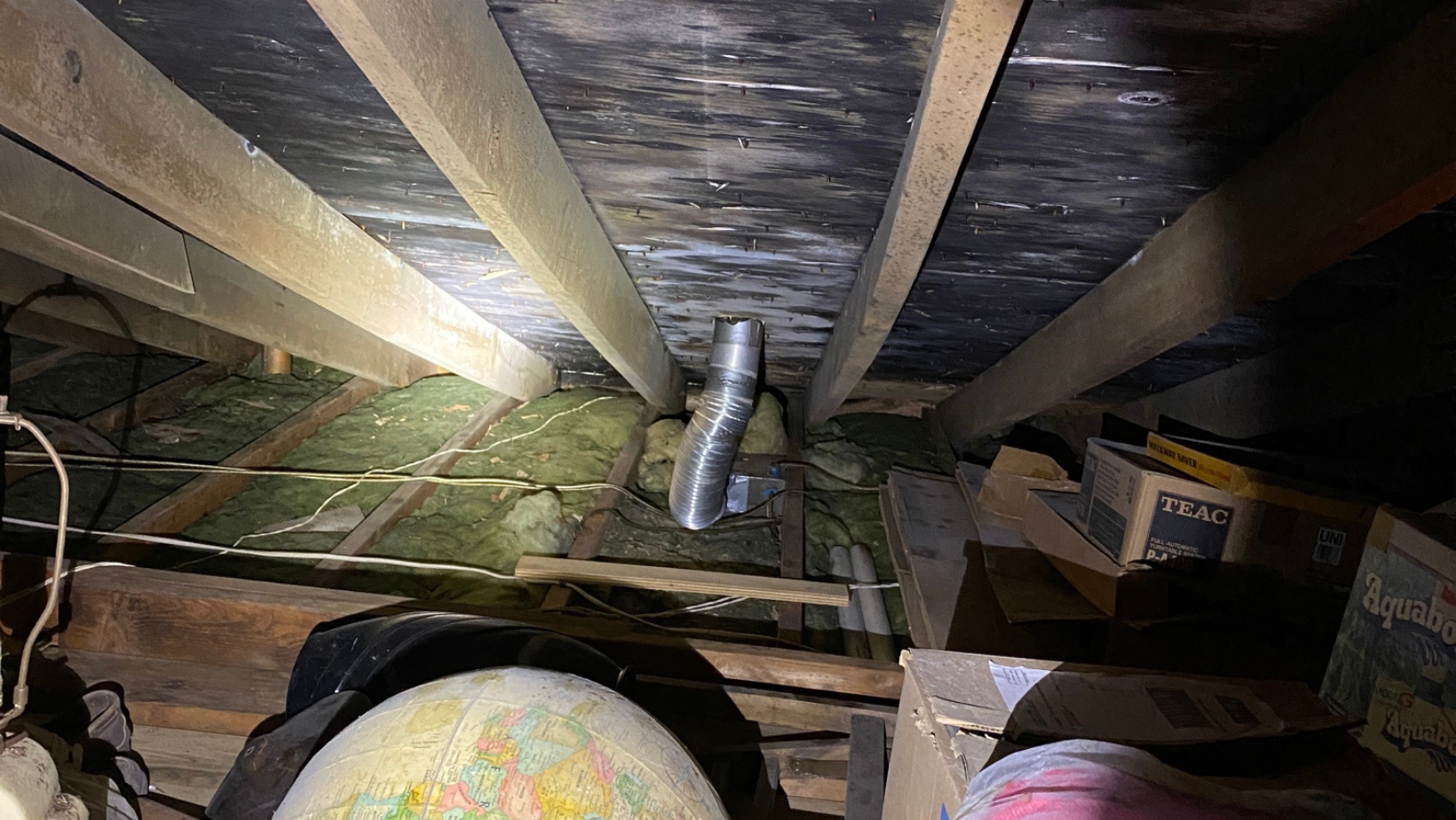
Proper Attic Insulation for Moisture and Condensation Prevention
Proper attic insulation is crucial for mitigating moisture and condensation by maintaining consistent temperature and humidity levels in the attic. Attic insulation acts as a barrier, preventing warm air from the living space below from reaching the attic. This barrier helps to minimize the potential for condensation and mold growth, as it reduces the likelihood of temperature differentials that can lead to condensation. For example, in cold climates, without adequate insulation, warm air can seep into the attic, leading to a rapid temperature change when it meets the cold exterior air. This sudden change can create condensation on the underside of the roof, providing the ideal environment for mold to develop.
Furthermore, insulation also aids in preventing the formation of ice dams, which can exacerbate moisture-related issues in the attic. Properly installed and maintained insulation helps to maintain a consistent temperature on the underside of the roof, reducing the risk of ice dams forming and minimizing the potential for water damage and mold growth. Homeowners should consider insulation as a proactive step to protect their attics from the adverse effects of freezing temperatures and the subsequent condensation and mold issues that may arise.
By investing in adequate insulation, homeowners can effectively mitigate the impact of freezing temperatures on attic condensation, highlighting the importance of insulation as a preventive measure against this issue. It's essential to work with professional insulation experts who can assess the attic's specific needs and install the appropriate insulation materials to ensure long-term protection against moisture-related problems. To learn more about effective attic insulation solutions and professional assistance in preventing moisture and condensation issues, homeowners can explore the comprehensive services offered by Mastertech Environmental, a trusted company that specializes in mold removal, water and fire damage restoration, and ventilation solutions.
Identifying and Addressing Attic Condensation Issues
When it comes to identifying attic condensation issues, homeowners should be vigilant for various signs that indicate potential moisture problems. These signs include wet insulation, damp wood, visual mold growth, and musty odors. These indicators can be a clear indication of excessive moisture in the attic, which can lead to mold growth and structural damage if left unaddressed. For instance, homeowners might notice damp or discolored insulation, which is a strong indication of condensation issues that need to be promptly addressed.
To effectively address attic condensation problems, homeowners can take proactive measures to mitigate the impact of freezing temperatures. One crucial step is identifying and fixing air leaks, which can contribute to the accumulation of warm air in the attic, leading to condensation. This can be achieved through proper sealing of gaps and cracks in the attic space, thereby preventing warm air from infiltrating and causing moisture buildup. Additionally, improving ventilation is essential in regulating temperature and humidity levels in the attic, reducing the likelihood of condensation and mold growth. Ensuring proper insulation is equally important, as it helps in preventing warm air from reaching the attic and creating moisture issues. By proactively addressing these factors, homeowners can effectively combat attic condensation problems caused by freezing temperatures and prevent associated issues such as mold growth.
Timely identification and proactive measures are essential for addressing the impact of freezing temperatures on attic condensation and preventing associated problems such as mold growth. By staying vigilant for warning signs and taking proactive steps to improve ventilation and insulation, homeowners can effectively combat attic condensation and maintain a healthy indoor environment. For professional assistance in addressing attic condensation and mold issues, homeowners can rely on the expertise of companies like Mastertech Environmental, which offers comprehensive services to help homeowners effectively mitigate attic-related problems.
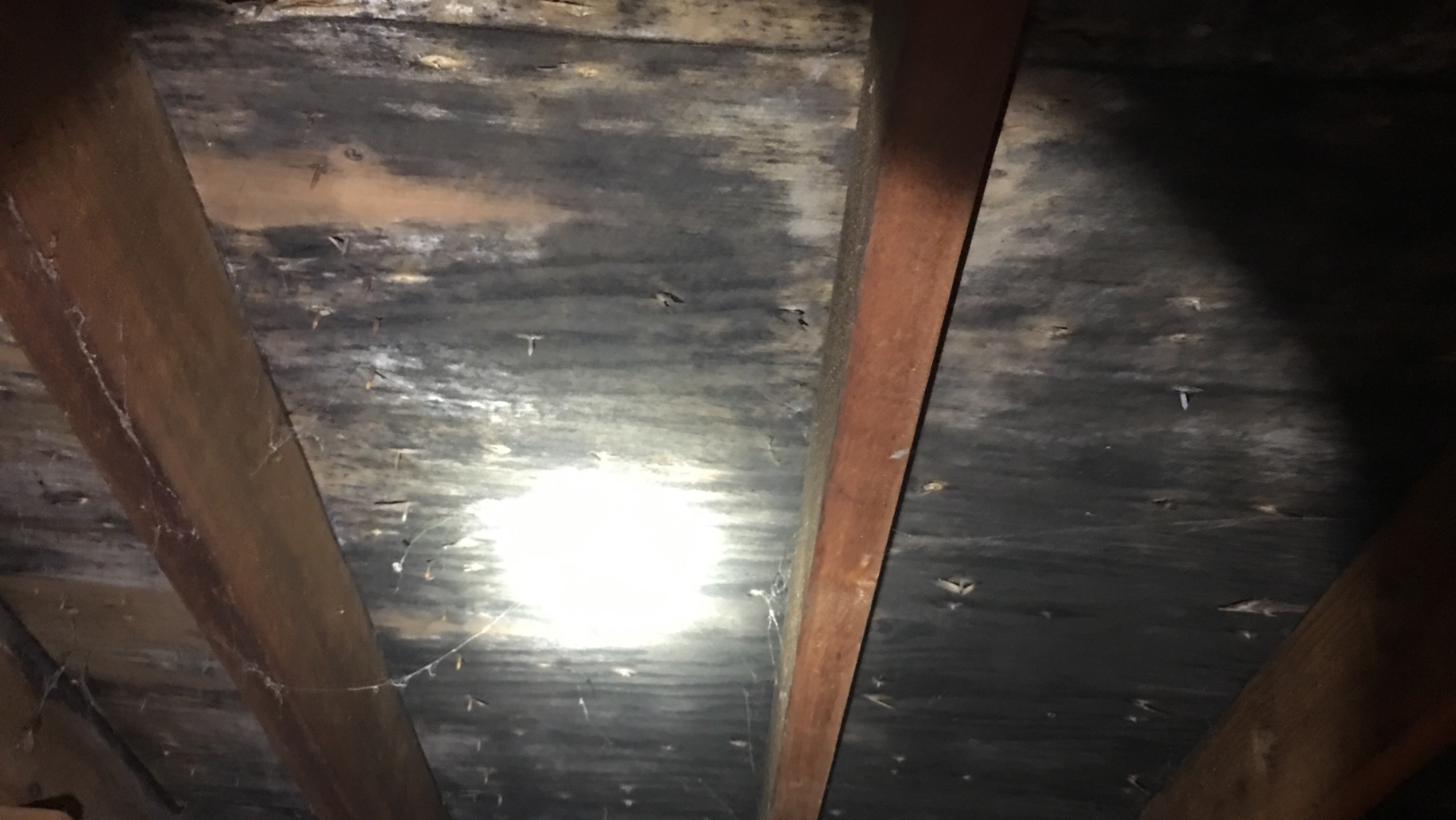
Resolving Ice Buildup and Attic Moisture Problems
In cold climates, the formation of ice dams and excessive moisture in the attic is a prevalent issue that can lead to potential damage and mold growth. Ice dams occur when warm air from the attic causes snow to melt and refreeze along the roof's edge, creating conditions for moisture buildup and mold proliferation. Additionally, excessive moisture in the attic, often resulting from freezing temperatures, can saturate insulation and lead to mold issues, necessitating prompt intervention.
To effectively resolve ice buildup and moisture problems, homeowners should consider updating their attic ventilation, air sealing, and adding new insulation to prevent mold growth. Proper ventilation is crucial in regulating temperature and humidity levels, reducing the likelihood of condensation and mold growth in the attic. Addressing air leaks and ensuring adequate insulation are also vital steps in preventing moisture-related issues caused by freezing temperatures. By implementing these measures, homeowners can protect their properties from potential damage and the health risks associated with mold growth due to freezing temperatures.
Given the complexity of addressing ice buildup and attic moisture problems, homeowners are encouraged to seek expert assistance from reputable companies like Mastertech Environmental, which specializes in providing comprehensive solutions for mold removal, ventilation, and damage restoration. These professionals can offer valuable insights and effective strategies to mitigate the impact of freezing temperatures on attic moisture-related issues, ensuring long-term protection for homeowners. Ultimately, professional intervention is essential for addressing the challenges posed by freezing temperatures and safeguarding properties from the detrimental effects of moisture and mold growth.
For further details and expert assistance in addressing ice buildup and attic moisture problems, homeowners are encouraged to explore Mastertech Environmental's comprehensive services by visiting their website at Mastertech Environmental.
 Insurance Coverage and Professional Assistance for Attic Issues
Insurance Coverage and Professional Assistance for Attic Issues
When it comes to addressing attic-related problems, homeowners must understand the intricacies of insurance coverage as it pertains to damage and mold issues. It's crucial for homeowners to be aware of the extent of coverage provided by their insurance policies, especially in cold climates where freezing temperatures can lead to attic condensation and mold growth. By understanding their insurance coverage, homeowners can ensure that they have the necessary protection in the event of attic-related issues caused by freezing temperatures.
In addition to insurance coverage, seeking professional assistance from experts such as Mastertech Environmental is vital for addressing attic-related problems effectively. With their 24/7 emergency cleanup and restoration services, homeowners can rely on expert guidance and support in dealing with attic condensation and mold issues resulting from freezing temperatures. By reaching out to professionals, homeowners can access the necessary expertise and resources to mitigate the impact of freezing temperatures on their attics and safeguard their properties from potential damage and health risks.
It's important for homeowners to have a comprehensive understanding of both insurance coverage and professional assistance to effectively address attic-related issues caused by freezing temperatures. By being informed and proactive, homeowners can take the necessary steps to protect their properties and maintain a healthy indoor environment. For more details and assistance on addressing attic-related issues, homeowners can explore the comprehensive services offered by Mastertech Environmental, including mold removal, ventilation solutions, and damage restoration, by visiting their website at.
Expert Insights on Attic Condensation and Mold Prevention
Understanding the impact of freezing temperatures on attic condensation and mold growth is crucial for homeowners. Industry experts stress the importance of addressing these issues through proactive measures such as proper ventilation, insulation, and regular maintenance. For example, ensuring adequate attic ventilation helps in regulating moisture levels and maintaining consistent temperature and humidity, reducing the likelihood of condensation and mold growth. Additionally, professionals recommend regular inspections to identify potential problems and take prompt action to prevent attic condensation and mold issues, highlighting the significance of expert insights in mitigating the impact of freezing temperatures on attic-related problems.
Moreover, the expertise offered by industry professionals such as Mastertech Environmental provides homeowners with reliable solutions for preventing and addressing attic condensation and mold issues. These insights underscore the value of seeking expert guidance and services to safeguard properties from the damaging effects of freezing temperatures on attic environments. To explore comprehensive solutions for attic mold prevention and restoration, homeowners are encouraged to visit Mastertech Environmental's website at https://www.mastertechenvironmental.com/ for further details and assistance. [1]
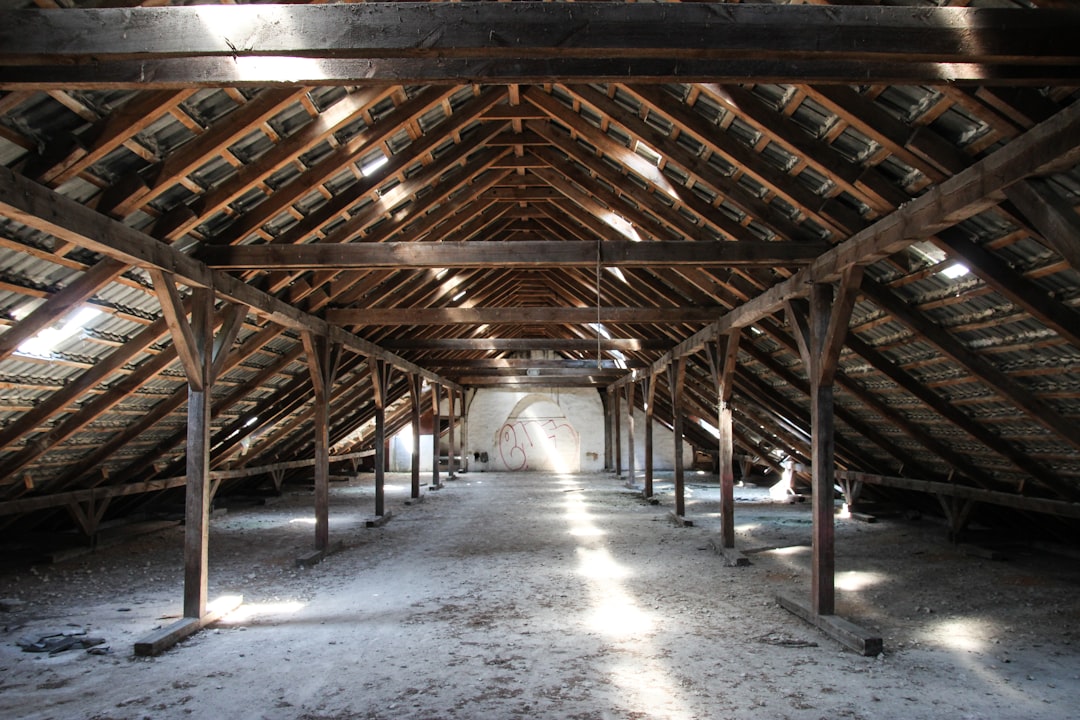
Conclusion
In conclusion, understanding the impact of freezing temperatures on attic condensation and mold growth is crucial for homeowners. It is essential to take proactive measures, such as ensuring proper ventilation, adequate insulation, and timely maintenance, to prevent and address attic condensation issues. One example of the importance of proper attic ventilation is the occurrence of ice dams, which form due to heat escaping from the attic, causing snow to melt and refreeze along the roof's edge, leading to leaks and moisture buildup in the attic.
Additionally, seeking professional assistance from reputable companies such as Mastertech Environmental can provide homeowners with reliable solutions for addressing attic-related problems. Mastertech Environmental specializes in mold removal, offering effective solutions for addressing mold growth caused by attic condensation. Their comprehensive services include mold prevention and ventilation solutions to help homeowners prevent attic condensation and mold issues. For comprehensive services and expert insights, homeowners are encouraged to explore Mastertech Environmental's offerings and seek assistance in preventing and mitigating the impact of freezing temperatures on attic condensation and mold growth.